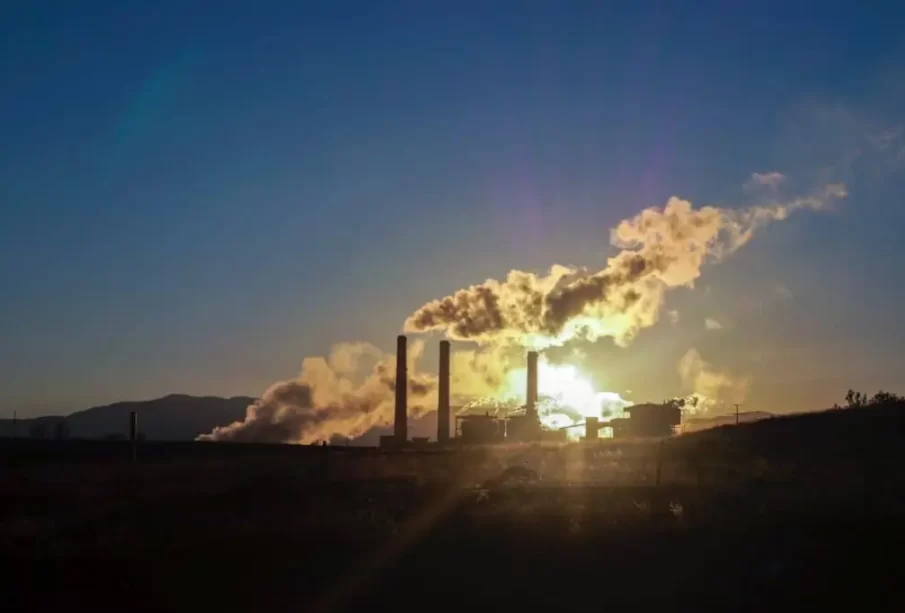Is Your Air Permit Strategy Ready for NJDEP’s New SOTA Standards?

New Jersey’s update to its State-of-the-Art (SOTA) guidelines signals a significant shift in how industrial engines are regulated across the state. For facilities operating compression or spark ignition engines, the revisions bring new emission limits that can affect current permit approval. This means equipment that once met previous guidelines may now require significant upgrades, especially if a permit revision or renewal is required.
The stricter thresholds target pollutants such as nitrogen oxides, carbon monoxide, and volatile organic compounds. Each of these factors contributes to poor air quality and poses health concerns in overburdened communities. Facilities using older engines that lack modern emission controls may find it difficult to comply with the revised caps. These updates reflect the New Jersey Department of Environmental Protection’s (NJDEP) efforts to stay aligned with state and federal air quality goals while also addressing the specific needs of high-impact areas.
Meeting the revised thresholds begins with a thorough evaluation of existing equipment. Facilities should determine whether their engines fall under the updated compression ignition reciprocating internal combustion engine (CI RICE) or spark ignition reciprocating internal combustion engine (SI RICE) categories and assess how closely their systems align with the new standards. Any identified gaps should be addressed through a practical and cost-effective action plan. This includes evaluating control technologies like selective catalytic reduction systems or oxidation catalysts, depending on the engine type and emission levels.
A NJ air permit consultant can assist with compliance planning by offering technical guidance and regulatory insight. From conducting baseline assessments to navigating the permit amendment process, their guidance helps facilities avoid delays and minimize costly missteps.
Beyond emission control, the SOTA updates also change how facilities must monitor and report operational data. More frequent testing, data logging, and detailed recordkeeping are now required to support compliance. Meeting these requirements may involve updating both equipment and procedures related to documentation and maintenance tracking.
Navigating the new requirements can be complex, but it can be managed effectively. With thorough planning and expert guidance, facilities can meet the SOTA standards and maintain NJDEP permit compliance without unnecessary disruptions to operations.
To learn more about compliance strategies and recent SOTA revisions, check out this infographic by Lockatong Engineering.













